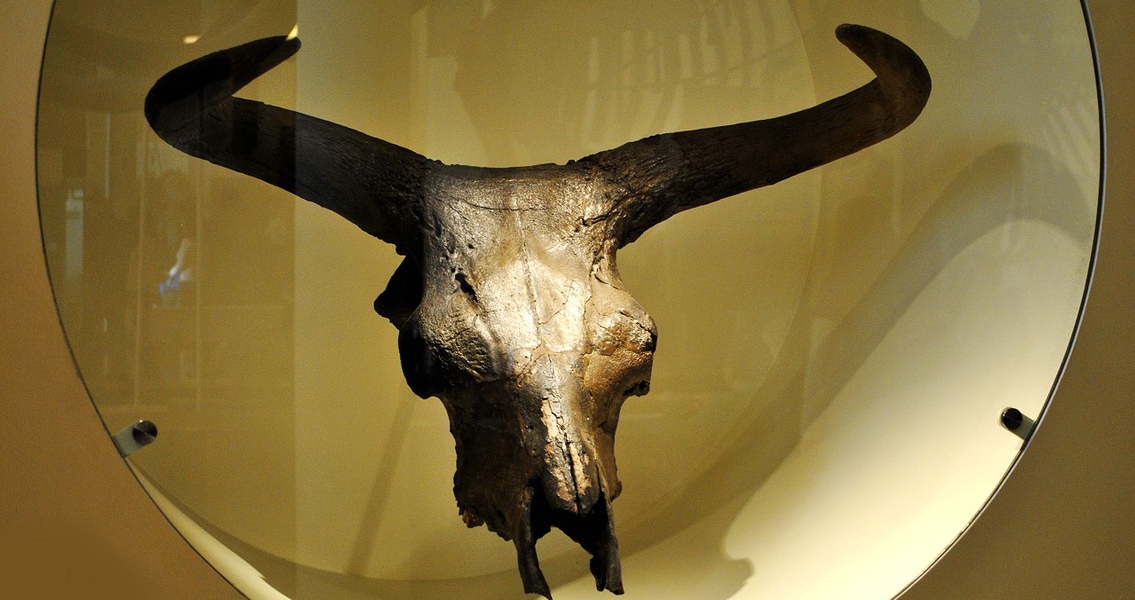<![CDATA[60,000-year-old evidence of hunting has just emerged. After eight seasons of excavations alongside the River Jordan, archaeologists have revealed the story of Middle Palaeolithic hunter-gatherers. The excavations took place in the Golan area of Israel, just north of the Bnot Ya’akov Bridge and Lake Kinneret. The region is rich in archaeological remains, but this particular site provides a unique window into a specific time. “Usually when you come to an archaeological site it describes a lot of behaviours, a lot of time,” explained Gonen Sharon, supervisor of the excavation. “Each layer you excavate may have been in use for hundreds and maybe thousands of years.” But here the story is different. “This site is a [specific] point in time,” he told Haaretz. It appears the excavated site had been used as a temporary camp for hunters. These ancient people would stay for a few days at a time, hunting, killing and eating enormous prey. Bone fragments from the site serve as clear evidence that the inhabitants were proficient hunters. The local ‘baladi’ beef cattle which graze on Golan Heights today weigh in the vicinity of 400 kilograms. Their wild ancestor, the auroch (Bos primigenius), who roamed the landscape 60,000 years ago, weighed in at a colossal 1,200 kilograms. Prehistoric hunters, it seems, were undeterred by their prey’s gargantuan size. Flint knives and spearheads found at the site are testament to their fearless approach towards aurochs. Whilst it is impossible to truly know exact ancient hunting techniques, the number of auroch bones discovered at the site reveals these hunters were adept at killing the animals. Sharon has said that one theory for how ancient hunters felled such large and powerful animals is that aurochs were chased into muddy areas, where the beasts would slow down and be unable to fight back effectively. A significant number of auroch bones found at the site were unbroken. Sharon says that this reveals an important skill of these ancient hunters which was hitherto unknown. The intact bones attest to the excellent butchering skills of these ancient people. These bones are especially interesting as other bones found in the area had been broken. Other animal remains were also found at the site, including frogs, snakes, turtles, tortoises and even rhinoceros. Whilst we know which animals ancient peoples hunted and what weapons they used to do so, many questions remain unanswered. “We don’t really understand [ancient hunters’] thinking or behaviour,” Sharon said. “There are a skull and a femur of a lion at the site. What is the lion doing there? Did they eat the lion, or wear its pelt, or did it just happen by and drown in the mud?” The site is particularly well preserved because it had been submerged under water until its discovery in 1999. Many seeds from edible plants have been found there, including raspberries, acorns, nuts and water lilies; these would have germinated long ago had they not been preserved. Other plants which have been extinct in the area for millennia, such as water chestnuts, were also found. The flora and fauna found reveal information about the climate. It appears it was similar to today’s climate, even though Europe was undergoing an ice age at the time. The evidence revealed from the site provides a fascinating snapshot of hunter gatherers’ lives, 60,000 years ago. Image Credit: Wikimedia Commons User: Futureman1199]]>
60,000-Year-Old Hunter Gatherers Slew Giant Aurochs
